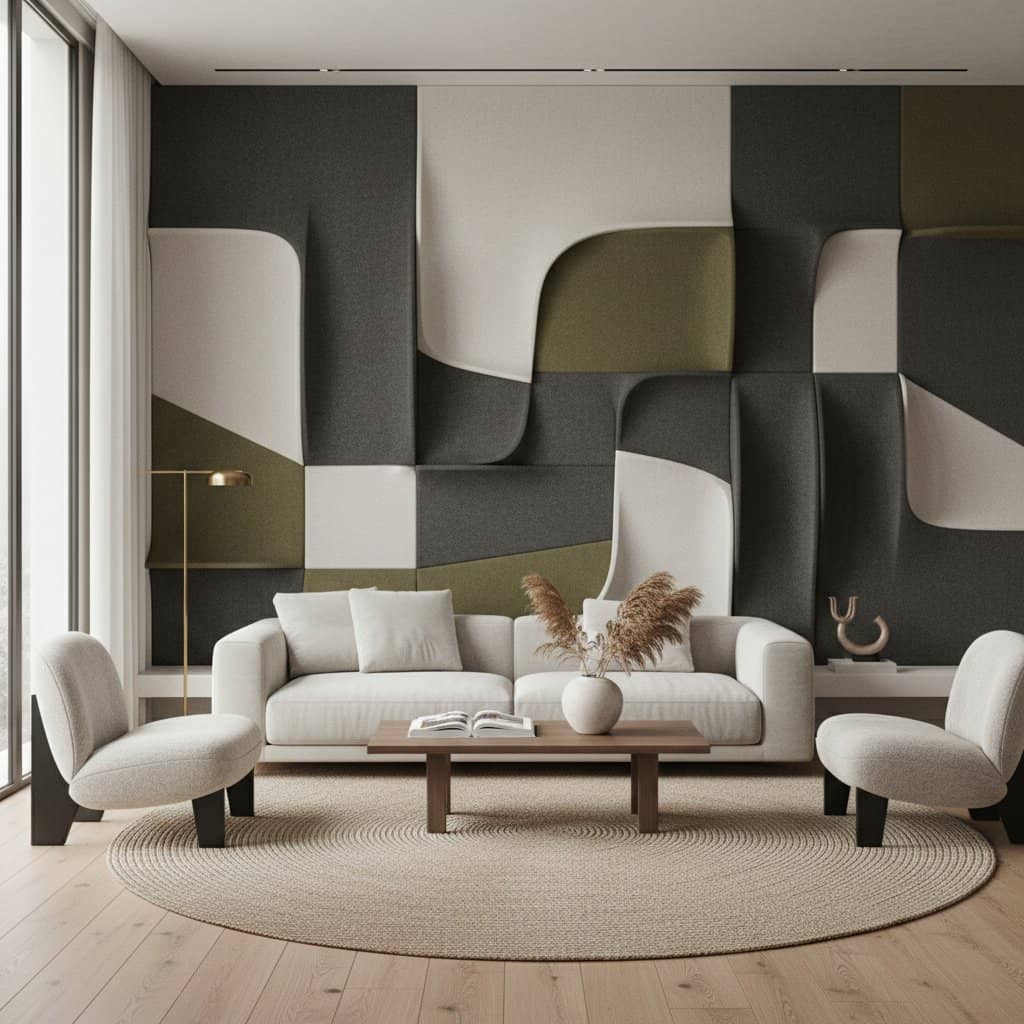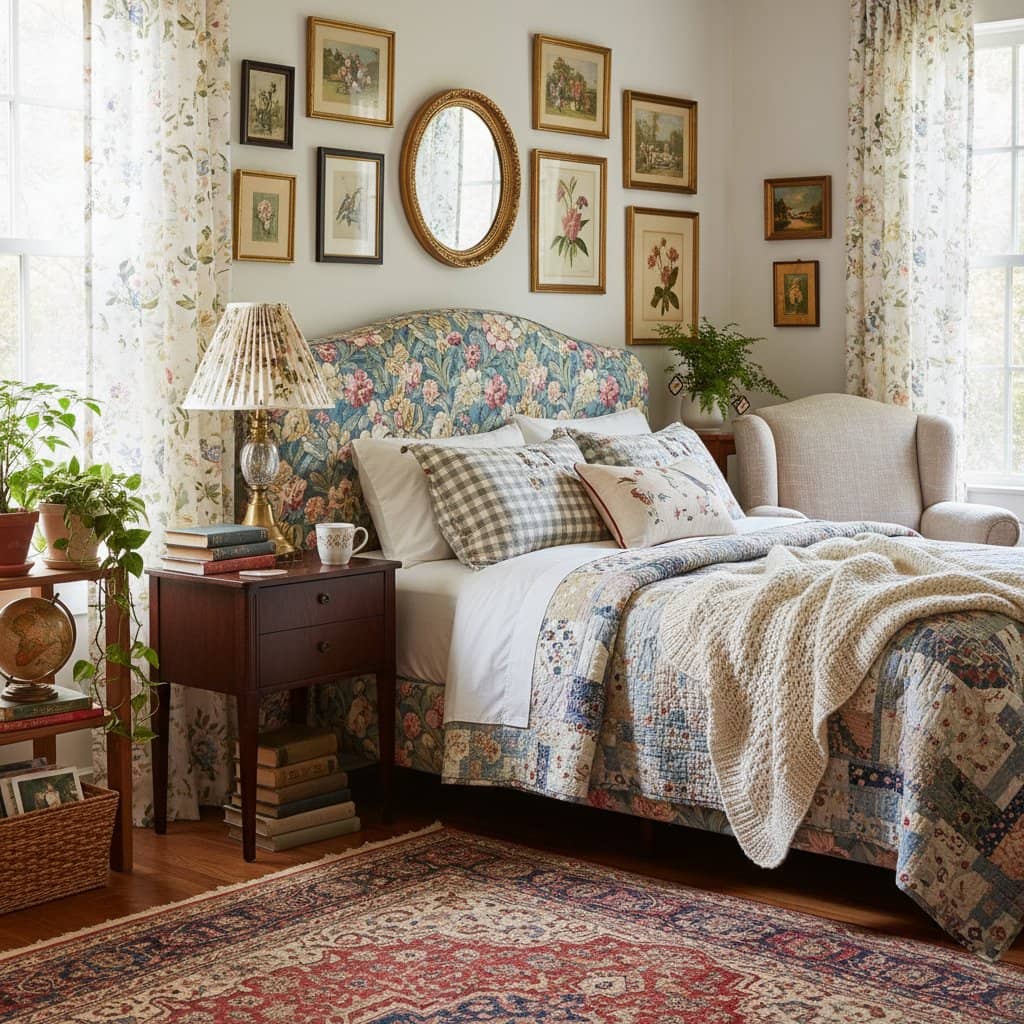Acoustic Panels: Soundproofing as Stylish Art
Balanced acoustics contribute to a serene home environment. Echoes diminish, voices gain warmth, and ambient noise recedes into a gentle background. Acoustic panels, traditionally confined to recording studios and conference rooms, now integrate into residential areas as both practical solutions and aesthetic enhancements. These panels absorb excess sound, manage reverberation, and introduce texture, color, and pattern to walls and ceilings.
Interior designers view acoustic panels as versatile surfaces that harmonize with minimalist schemes or emerge as bold sculptural pieces. Constructed from materials such as felt, wood, wool, or recycled composites, they demonstrate that sound management can rival the visual impact of furniture or lighting fixtures.
At a Glance
Target residents: Homeowners seeking tranquil, multifunctional living areas
Ideal settings: City apartments, expansive open-plan homes, and repurposed lofts
Available dimensions: Ranging from small wall-mounted tiles to comprehensive ceiling systems
Collaborative experts: Acoustic engineers, interior architects, and custom fabricators
Primary objective: Achieve noise mitigation alongside elevated decorative value
After: Quiet That Looks Good
In Liu's loft, the design team installed modular felt panels in hexagonal configurations spanning two adjacent walls. These panels feature a gradient transitioning from grays to blues, forming a geometric wall covering that serves dual purposes of visual interest and acoustic regulation. The ceiling incorporates slender wood slats supported by acoustic foam, preserving a organic appearance while curbing sound reflections.
"The panels resemble artwork," Liu observed. "Visitors admire the design before discovering its acoustic benefits."
This installation extended beyond visual appeal. Elimination of echoes established a more stable and soothing atmosphere. Discussions gain intimacy, and audio reproduction achieves greater clarity.
Designers across various installations note comparable outcomes. Soft acoustic materials alter interactions between light and sound. They capture reflections that previously rendered spaces harsh, enabling textures and colors to present in more harmonious proportions.
The Aesthetic Shift
Historically, acoustic panels concealed behind perforated drywall or fabric enclosures. Contemporary approaches position them as prominent decorative components. Manufacturers partner with artists to apply custom prints or craft embossed surfaces that produce shifting shadows.
Architectural designer Rhea Morgan explained, "We regard acoustic panels as integral architectural elements. They provide pattern, dimension, and cadence to interiors."
Color selection enhances sound strategy. Subdued tones maintain discretion, whereas vibrant shades delineate functional areas in expansive layouts. Consider terracotta panels outlining a reading corner or soft gray tiles merging seamlessly into a living room backdrop.
Texture plays a vital role. Felt, wool, and cork interact with light in unique ways, yielding matte finishes that complement stone, glass, or metal effectively. In sparse environments, such tactile diversity introduces coziness without excess.
Smart Placement Strategies
Successful sound control relies on precise rather than comprehensive coverage.
Essential areas for treatment:
- Ceilings: Particularly in high-ceilinged rooms paired with hard flooring. Options include suspended grids or wooden slat baffles that dampen echoes without compressing perceived height.
- Walls facing sound origins: Positioned behind media centers, musical instruments, or workstations to intercept vocal reflections.
- Corners: Employ bass traps or dense panels to capture low-frequency resonances prevalent in media rooms or creative studios.
- Entryways: Install compact panels adjacent to doors or along staircases to contain noise transmission across zones.
Professional assessments inform these choices. For residential zones, experts target a noise reduction coefficient (NRC) of approximately 0.7, indicating absorption of roughly 70 percent of incident sound waves.
Smart Storage Moves for Dual Use Spaces
In versatile rooms, acoustic panels serve multiple functions. Professionals convert cabinet doors, wardrobe panels, and movable dividers into sound-dampening elements. Fabric-covered exteriors or perforated designs with internal acoustic insulation manage disturbances from adjacent kitchens or workspaces without introducing disorder.
For tenants or interim arrangements, adhesive-backed tiles or portable screens provide adaptability. These portable solutions relocate easily while enhancing auditory comfort.
Living with Your Design
Installed acoustic panels integrate into daily home dynamics. They influence sound propagation and interpersonal exchanges. Family dialogues feel more proximate, musical experiences richer, and extraneous sounds subdued to a murmur.
The panels' visual impact develops over time. Daily light variations accentuate shadows on contoured surfaces, imparting subtle animation to walls. This interplay amplifies the tranquility these elements foster.
Sound management emerges from concealment to become a deliberate decorative facet. Through intentional craftsmanship, it enriches living spaces, affirming that acoustic serenity pairs seamlessly with aesthetic refinement. Whether in compact quarters or generous layouts, acoustic panels deliver both peace and visual allure, ensuring environments resonate as effectively as they appear.



